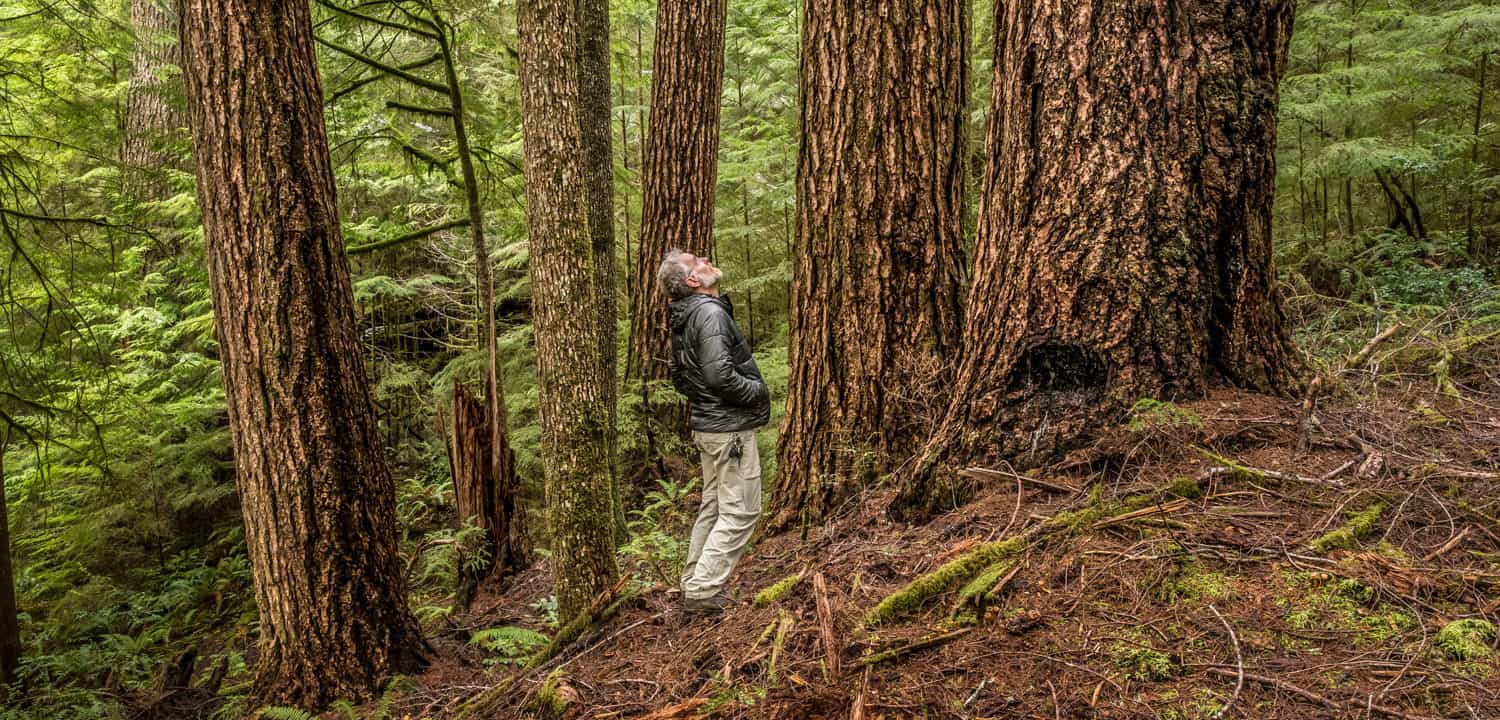Oregon’s oldest state forest will finally be unshackled from logging to fund schools, and protected by strong and durable conservation commitments.
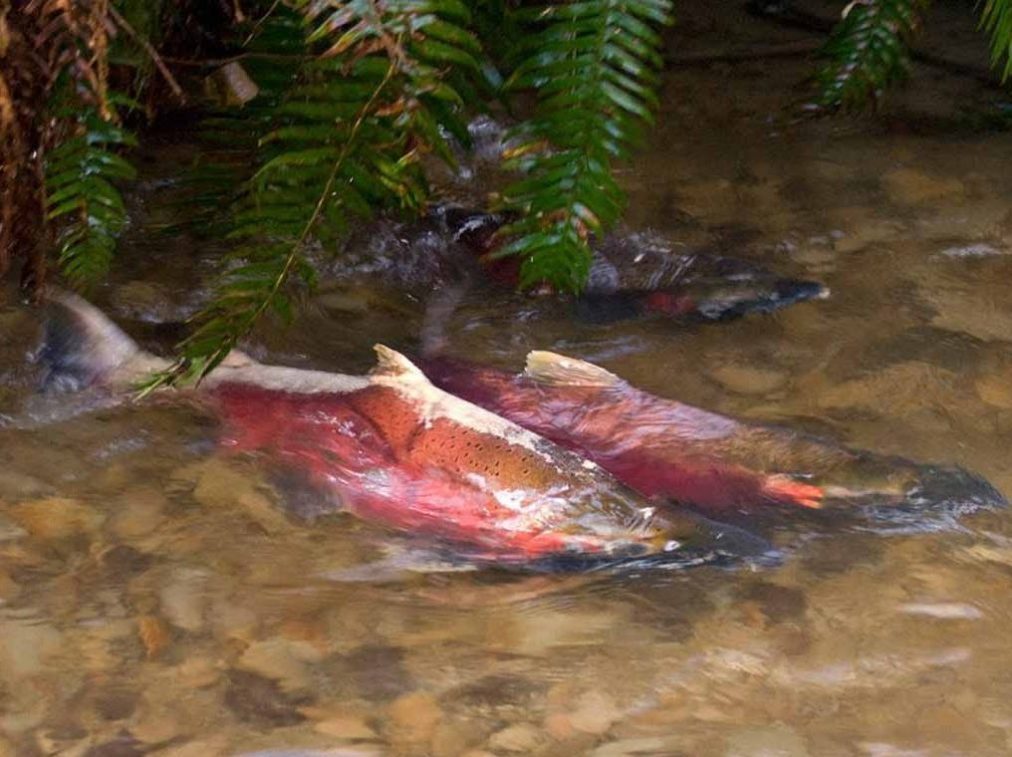
The misty, ferny Elliott State Forest stretches over some 82,000 acres northeast of Coos Bay. It’s one of the most carbon-rich areas in Oregon’s Coast Range, with mature forests and creeks that provide important spawning habitat for threatened coast coho salmon.
Right now, a bill is moving through the Oregon State Legislature that would codify an agreement to put most of the Elliott’s older forestland in conservation, secure strong aquatic protections, and advance important climate and forest management research.
According to Wild Salmon Center’s Oregon policy team, it looks likely that SB 1546 will be passed into law.
But it’s worth remembering that as recently as a few years ago, the Elliott and its rare old growth stands were nearly sold off to the highest bidder.
It’s worth remembering that as recently as a few years ago, the Elliott and its rare old growth stands were nearly sold off to the highest bidder.
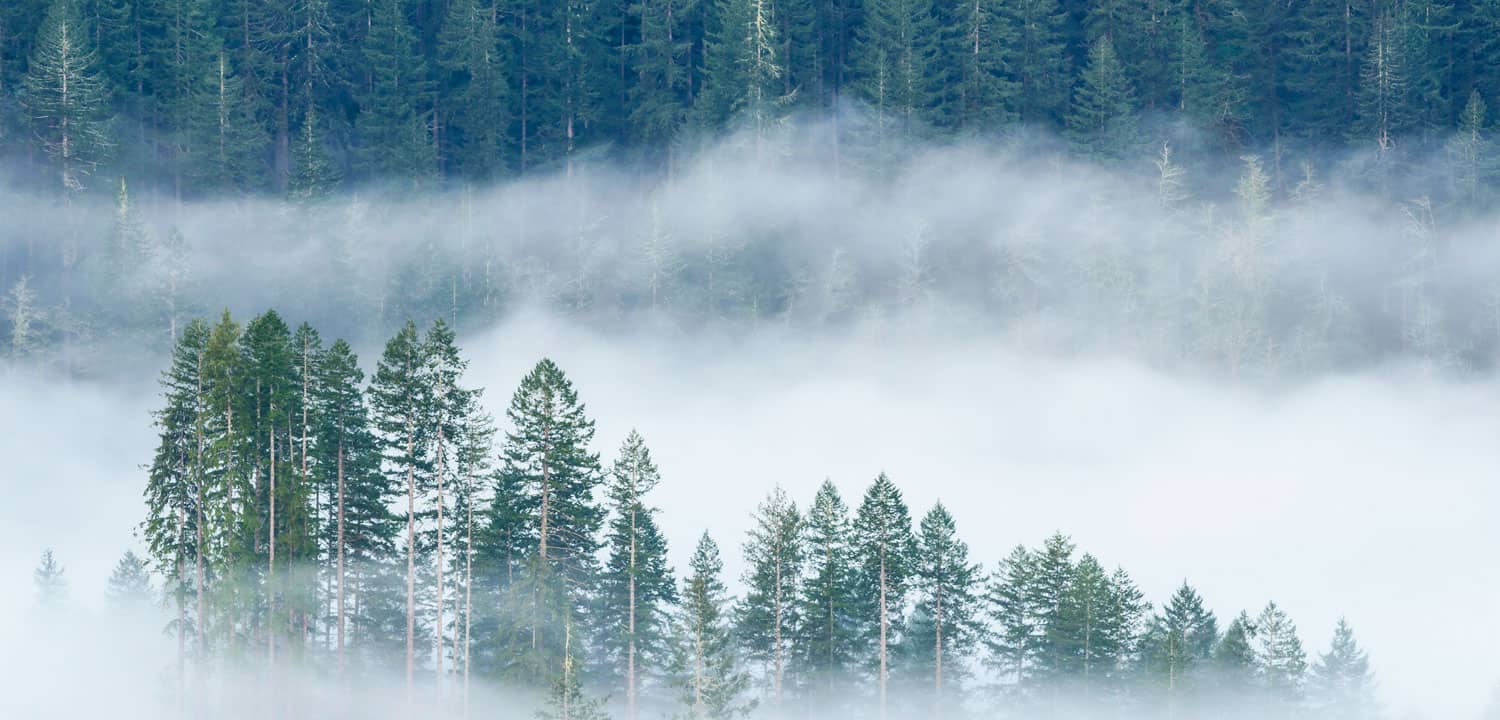
For decades, the state regularly sold lots of the Elliott’s maturing timber to fulfill an antiquated mandate that tied school funding to state forest logging. But starting in the early 2000s, a wave of lawsuits and protests challenged the timber sales, sometimes on the basis of the Endangered Species Act, sometimes in the form of tree sitters.
Under intense public and legal pressure, the status quo management of the forest hit an impasse. In 2016, state officials threw up their hands and decided to sell off the Elliott itself—at first in pieces and then in its entirety. That’s when public outcry reached a fever pitch.
In 2016, state officials threw up their hands and decided to sell off the Elliott itself—at first in pieces and then in its entirety. That’s when public outcry reached a fever pitch.
“People recognized that the way the Elliott was being managed reflected the value system of a previous era,” says Brett Brownscombe, Wild Salmon Center Special Projects Director. “And what happened in the forest—and to the forest—was not happening based on collaboration and buy-in from the conservation-minded public.”
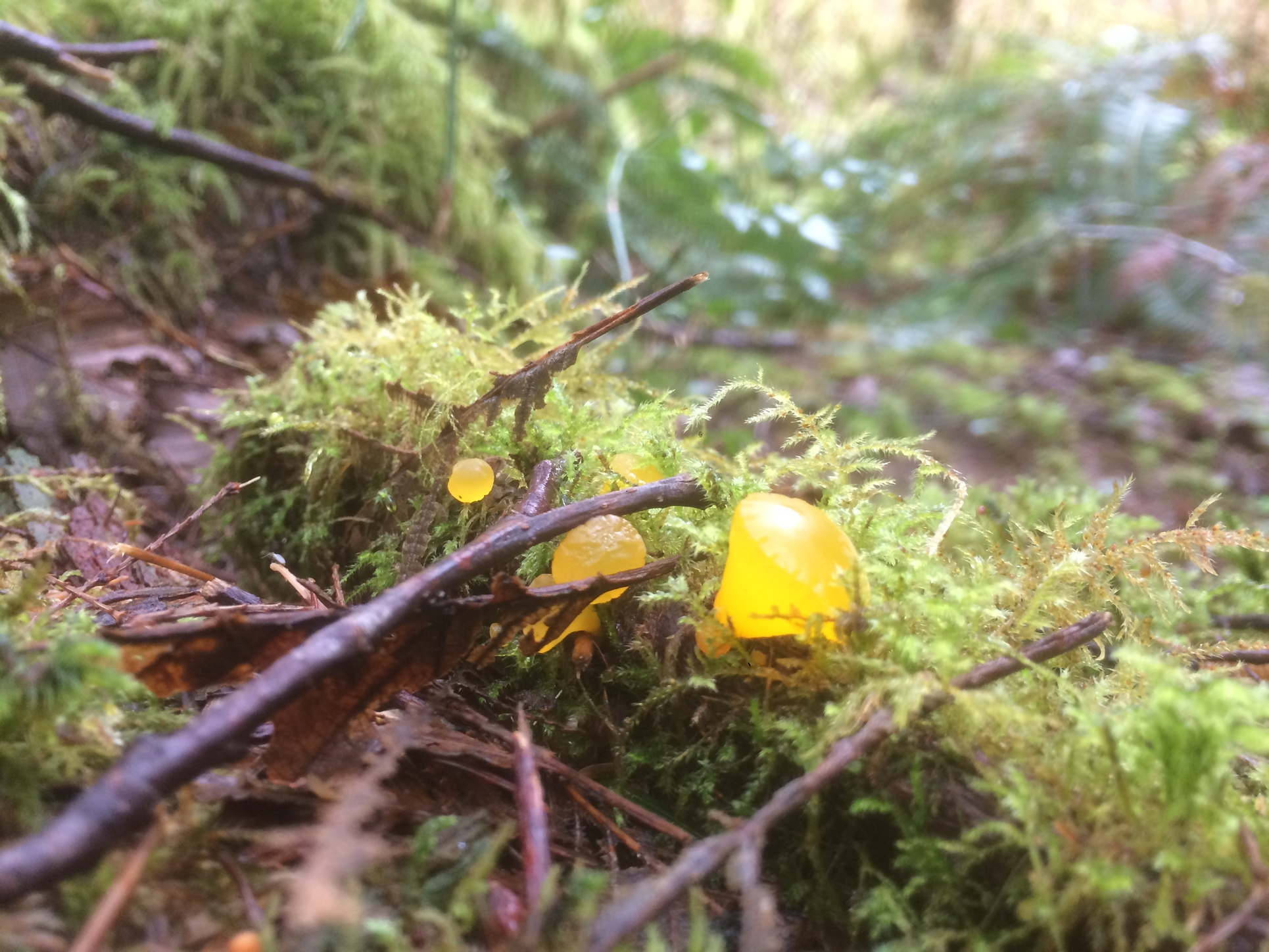
By the time the crisis hit full throttle, Brownscombe had worked on issues surrounding the Elliott for more than a decade, starting with his work as a natural resources advisor for then-Governor John Kitzhaber.
“The Elliott was a huge flashpoint in Oregon’s Timber Wars, and it became an organizing juggernaut for the forest advocacy community,” Brownscombe says. “There’s a lot of clearcut, fragmented private forest land in the Coast Range. Oregonians wanted the management of state forests like the Elliott to reflect conservation values, not intensive logging values.”
“People recognized that the way the Elliott was being managed reflected the value system of a previous era,” Brownscombe says. “Oregonians wanted the management of state forests like the Elliott to reflect conservation values, not intensive logging values.”
From the beginning, WSC was among the conservation organizations leading the campaign to keep the Elliott public: advocating to keep the Elliott in public hands, while rethinking its role as a timber-fueled piggy bank for schools. But those passionate about these issues weren’t limited to the conservation world.
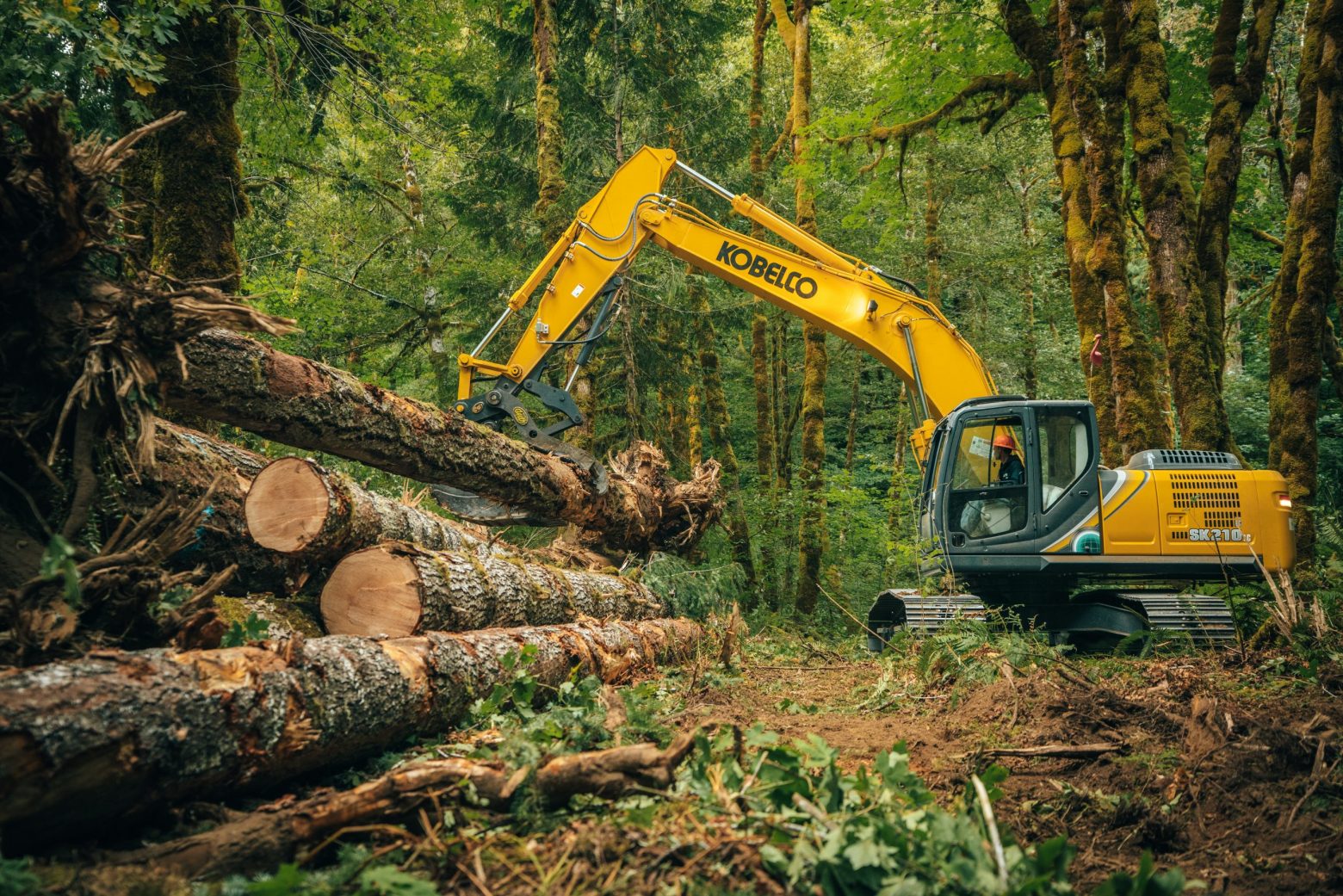
“It just didn’t make sense to depend on clearcutting rare habitats to pay for public schools,” says WSC Oregon Policy Director Bob Van Dyk, who led WSC’s Elliott work on the state advisory committee that crafted the agreement now being advanced by SB 1546.
By spring 2017, it was clear to Oregon leaders that public values around state forestland had broadened beyond the value of timber board feet. At rallies and tree sits, lock-ins and public hearings, Oregonians were demanding that these wild spaces be also managed for values including wildlife and fish habitat, carbon sequestration, and clean drinking water.
In May 2017, the State Land Board voted unanimously to cancel the Elliott’s sale, while signaling its intention to find a new public pathway to manage the forest. Treasurer Tobias Read suggested that Oregon State University could perhaps be engaged in a research forest concept. The state formed an advisory committee that included WSC’s Van Dyk. And the Oregon Legislature also stepped in with solutions, passing $100 million in state bonds for schools that relieved immediate timber harvest pressure on the Elliott.
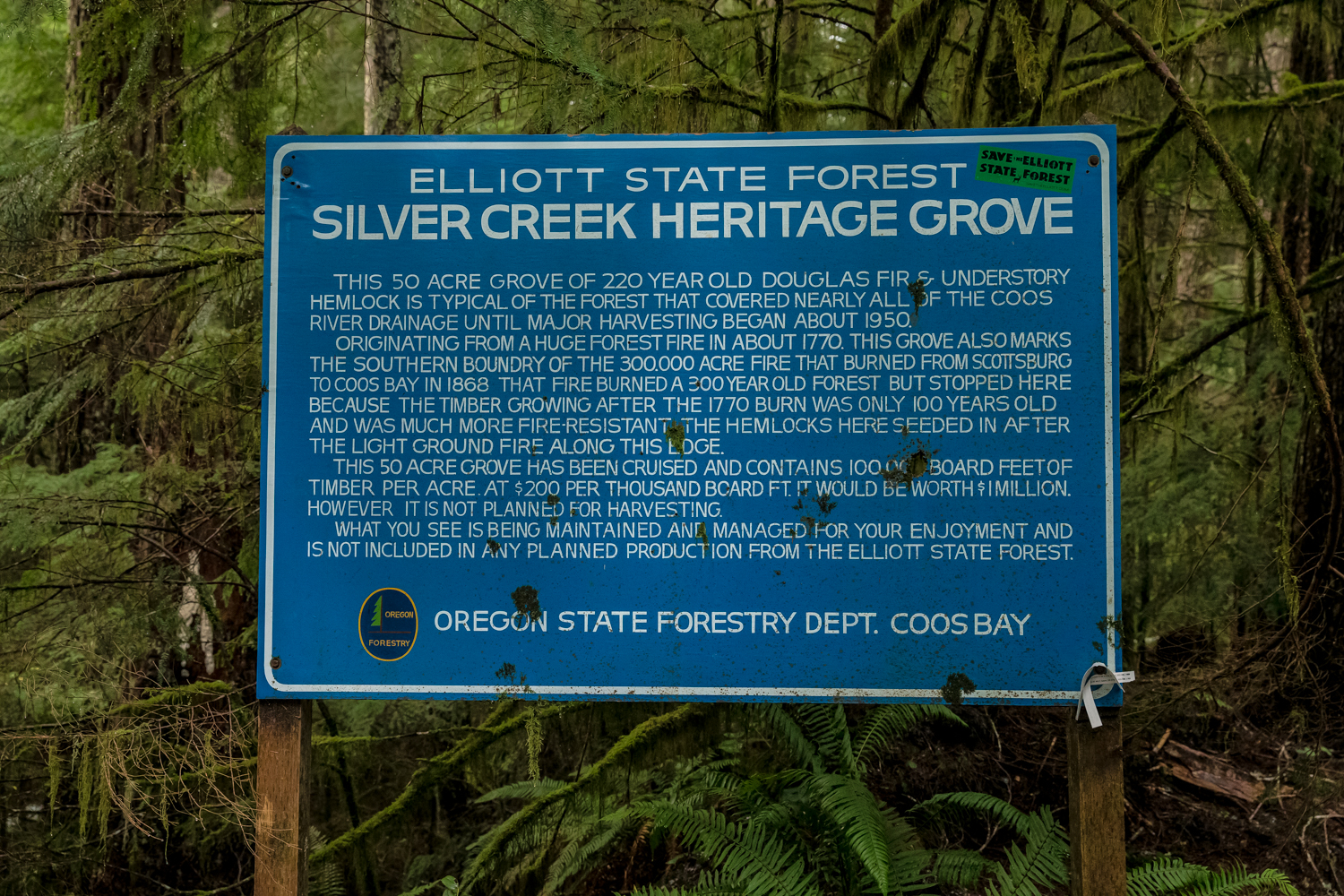
Now, after years of study, planning, and advisory committee negotiation, the Elliott is poised to make Oregon history as the Legislature considers SB 1546. The bill would create the Elliott State Research Forest, a public forest permanently decoupled from the Common School Fund, governed by an independent new entity, and sustainably managed by Oregon State University for forestry, climate, and ecology research with global relevance.
“This long, hard-fought campaign is showing us a way out of the Timber Wars, and toward a public land management ethos that reflects today’s values,” Van Dyk says. “The Elliott’s path mirrors our path as Oregonians.”
“This long, hard-fought campaign is showing us a way out of the Timber Wars, and toward a public land management ethos that reflects today’s values,” Van Dyk says. “The Elliott’s path mirrors our path as Oregonians.”
In early February, SB 1546 formally moved to the Joint Committee on Ways and Means, where a decision will be made on the remaining $121 million price tag for decoupling the forest from the Common School Fund, followed by a full floor vote.
For Brownscombe, Van Dyk, and so many others, the Elliott has never been just a forest. In its towering trees and web of streams, we see living symbols of what can happen when people come together, and conservation values finally get their due.
